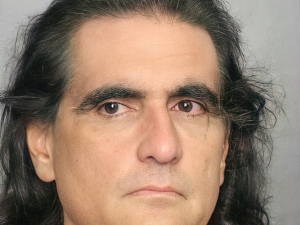This year’s Nobel Prize in physics was shared by three researchers on Tuesday for their contributions to the study of quantum information, which has important applications, such as in the field of encryption. The Royal Swedish Academy of Sciences awarded Alain Aspect, John F. Clauser, and Anton Zeilinger a citation for “pioneering quantum information science.”
Also Read| Alain Aspect, John F. Clauser and Anton Zeilinger win 2022 Nobel Prize in Physics
What is quantum mechanics?
Quantum mechanics is a branch of physics that studies the behaviour of particles such as atoms, electrons, photons, and nearly everything in the molecular and submolecular realms.
Quantum mechanics is a fundamental theory of physics that describes the physical properties of nature at the atomic and subatomic particle scales. It is the bedrock upon which all quantum physics is built, including quantum chemistry, quantum field theory, quantum technology, and quantum information science.
Many parts of nature are described by classical physics, a body of theories that predated the development of quantum mechanics, at a large (macroscopic) scale, but not well enough at microscopic (atomic and subatomic) sizes. The majority of classical physics theories can be derived from quantum mechanics as a large-scale (macroscopic) approximation.
Also Read| Who is Alain Aspect?
With regard to energy, momentum, angular momentum, and other quantities of a bound system, quantum mechanics differs from classical physics in that these quantities are constrained to discrete values (quantization); objects have characteristics of both particles and waves (wave-particle duality); and there are restrictions on how precisely a physical quantity can be predicted before being measured, given a complete set of initial conditions (the uncertainty principle).
Gradually, ideas to explain facts that could not be described by classical physics—like Max Planck’s 1900 solution to the black-body radiation problem and Albert Einstein’s 1905 explanation of the photoelectric effect—led to the development of quantum mechanics.
The entire development of quantum mechanics by Niels Bohr, Erwin Schrödinger, Werner Heisenberg, Max Born, Paul Dirac, and others began in the mid-1920s as a result of these early attempts to comprehend microscopic events, now known as the “old quantum theory.” Modern theory is expressed in a number of newly created mathematical formalisms. One of them describes what measurements of a particle’s energy, momentum, and other physical parameters may reveal in terms of probability amplitudes. This mathematical entity is known as the wave function.
Also Read| Who is John F. Clauser ?
According to the University of St. Andrews in Scotland, quantum mechanics evolved over many decades, beginning as a set of contentious mathematical explanations for experiments that classical mechanics mathematics could not explain (opens in new tab).
It began around the turn of the twentieth century, around the time Albert Einstein published his theory of relativity, a separate revolution in physics that describes the motion of objects at high speeds.
Also Read| Who is Anton Zeilinger?
Unlike relativity, the origins of quantum mechanics cannot be traced back to a single scientist. Rather, multiple scientists contributed to a foundation that gradually gained acceptance and experimental verification between the late 1800s and 1930s.






